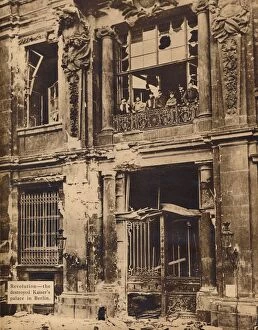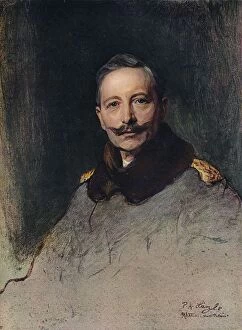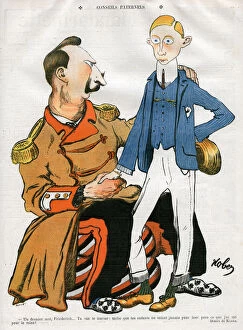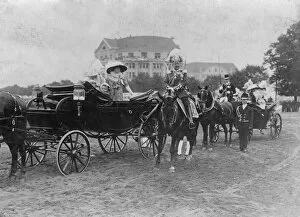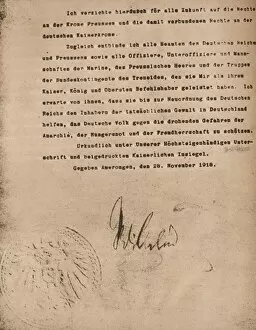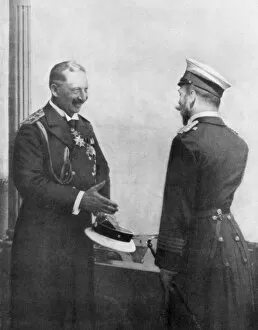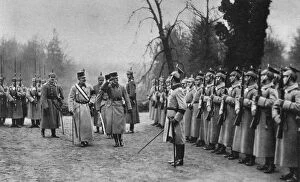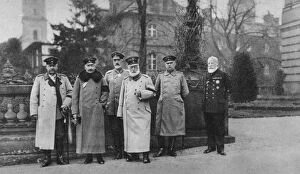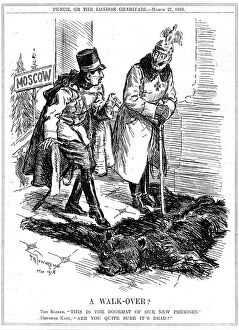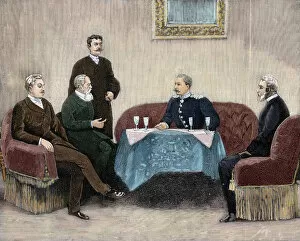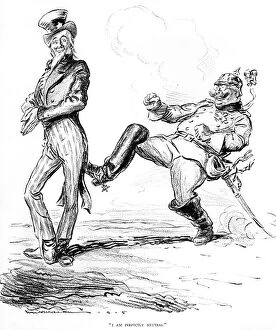Wilhelm Ii Collection (#7)
Wilhelm II: A Controversial Figure in History From the majestic schooners to significant political meetings, Kaiser Wilhelm II's life was filled with intriguing moments
For sale as Licensed Images
Choose your image, Select your licence and Download the media
Wilhelm II: A Controversial Figure in History From the majestic schooners to significant political meetings, Kaiser Wilhelm II's life was filled with intriguing moments. The schooner Meteor IV, crafted by Kirk & Sons of Cowes, made its debut in 1912 and continued to captivate admirers in 1913. This vessel symbolized Wilhelm II's love for maritime pursuits. In 1903, an important meeting took place between Tsar Nicholas II and Kaiser Wilhelm II in Wiesbaden, Germany. This encounter showcased their diplomatic relations amidst a changing world order. Another notable event occurred in Berlin, Germany, in 1911 when King George V visited Wilhelm II. Their meeting highlighted the complex dynamics between European monarchs during this era. The SS Kaiser it also played a significant role as it sailed through the seas around 1910. This grand ship represented German engineering prowess and imperial ambitions on a global scale. Beyond his public image, there were glimpses into Wilhelm II's personal life as well. Portraits captured his regal presence as German Emperor and King of Prussia during the early 1900s-1910s. Additionally, photographs depicted him alongside his wife Augusta Victoria and their family - offering insights into his private sphere. In one striking image from The Strand Magazine published in 1896, three of Wilhelm's sons salute him proudly - reflecting familial bonds intertwined with royal duties. However, not all depictions were positive; World War I brought forth criticism towards the Kaiser. In a vividly colored lithograph from 1915 titled "Death presenting Kaiser Wilhelm II with a harvest of the dead, " he is shown receiving macabre birthday greetings amid war-torn landscapes – an unsettling reminder of the consequences that unfolded under his reign. Wilhelm II remains an enigmatic figure whose legacy encompasses both admiration for technological advancements and controversy surrounding international politics. His story continues to intrigue historians and captivate those interested in the complexities of European history.






